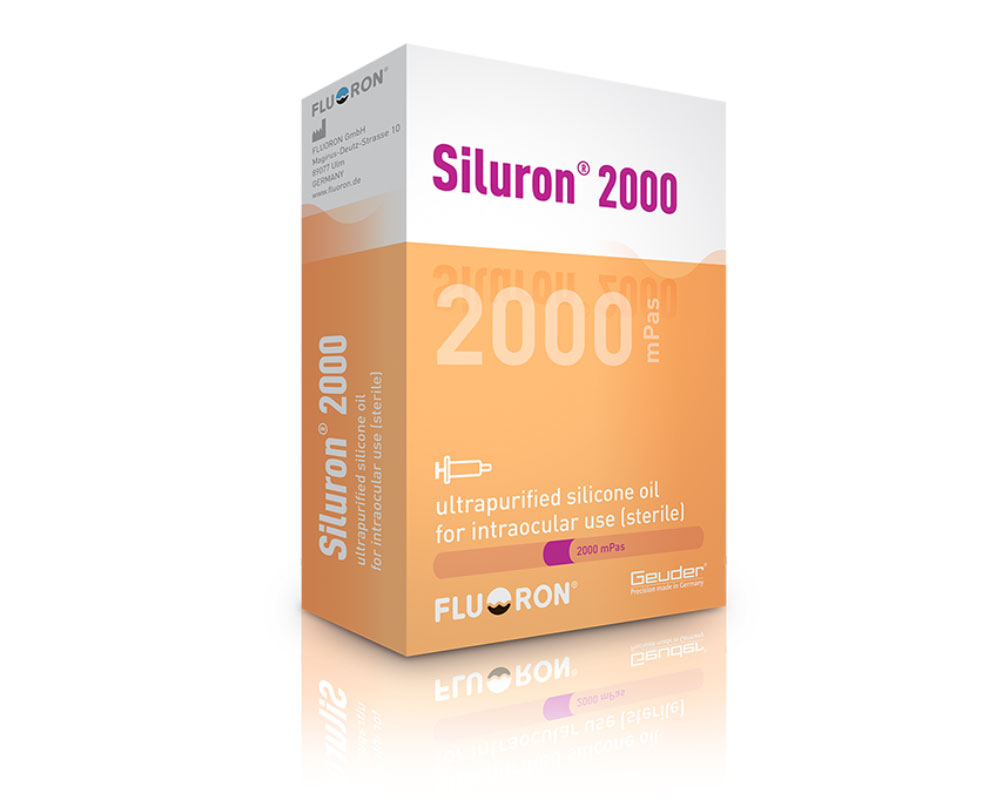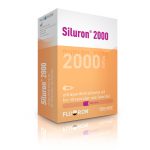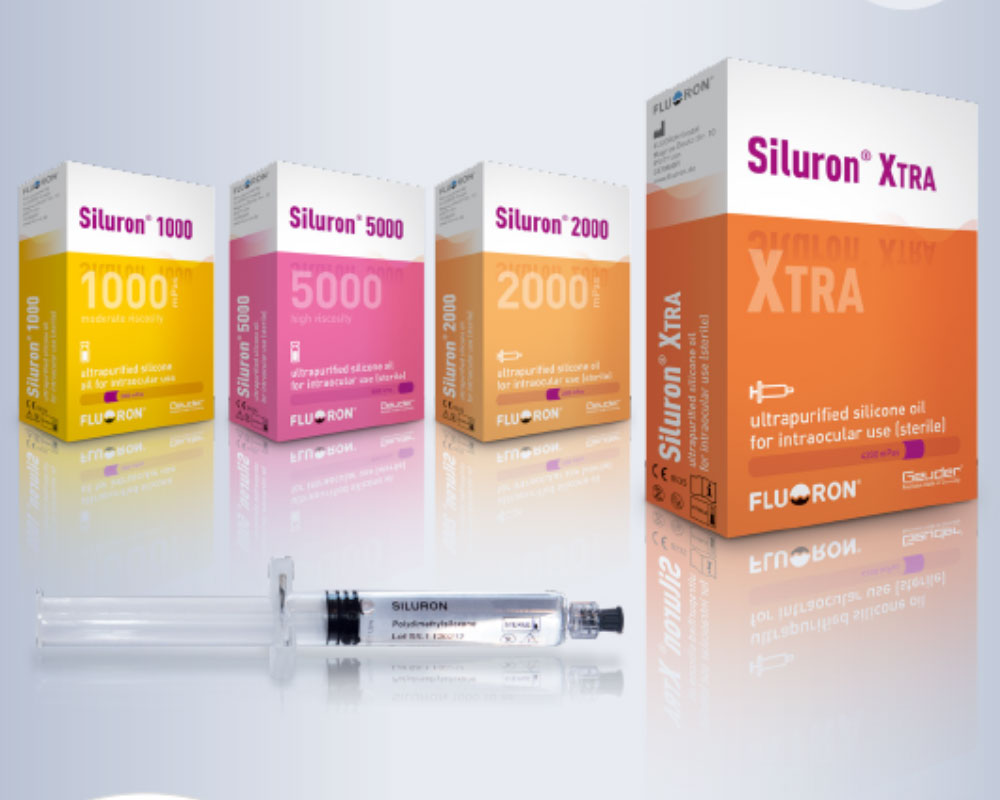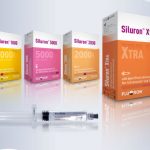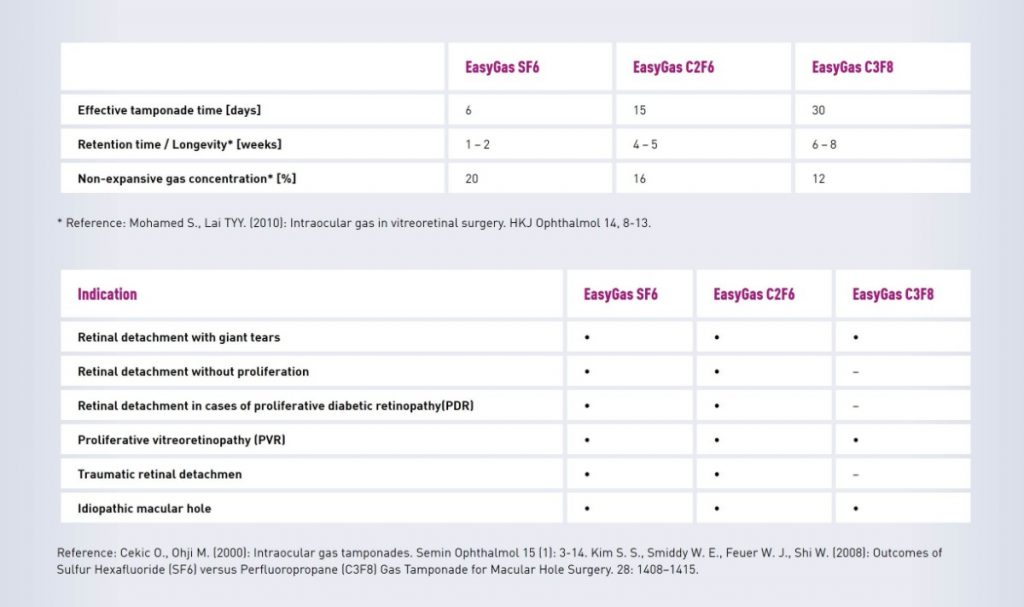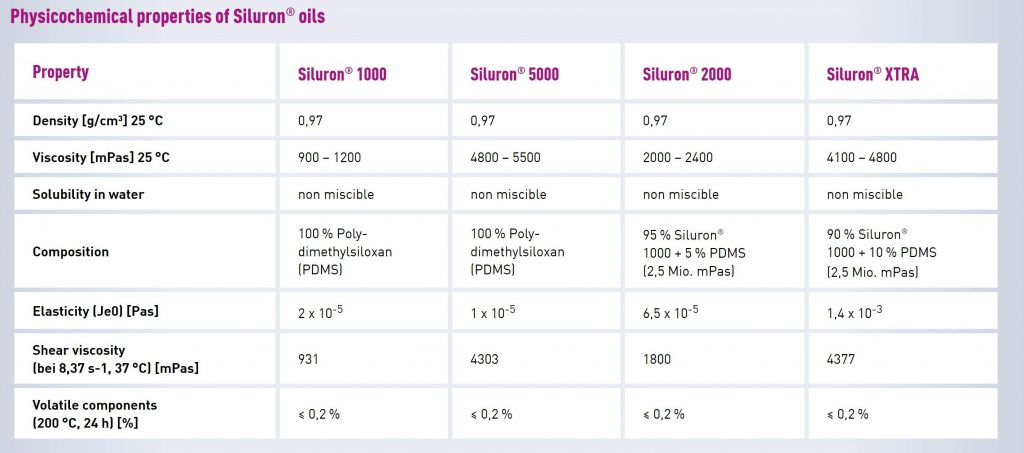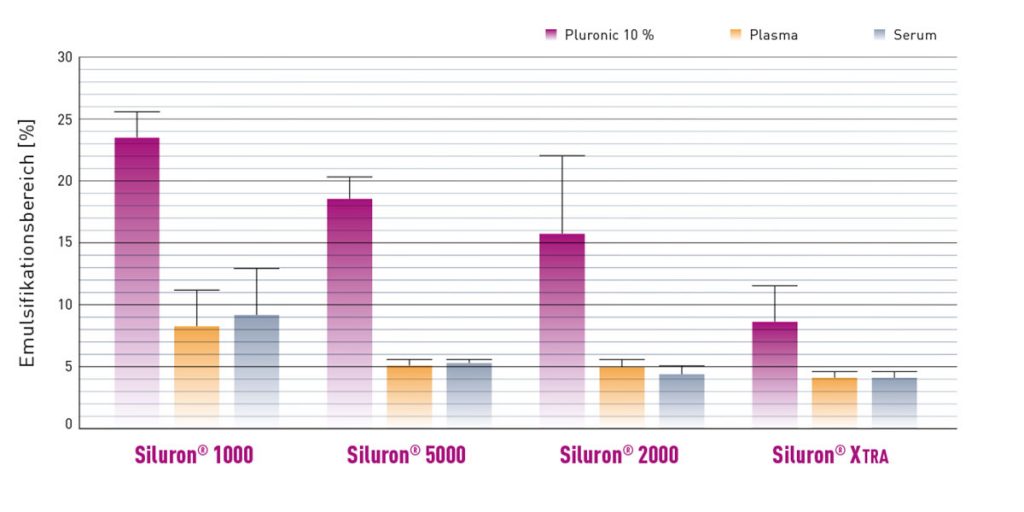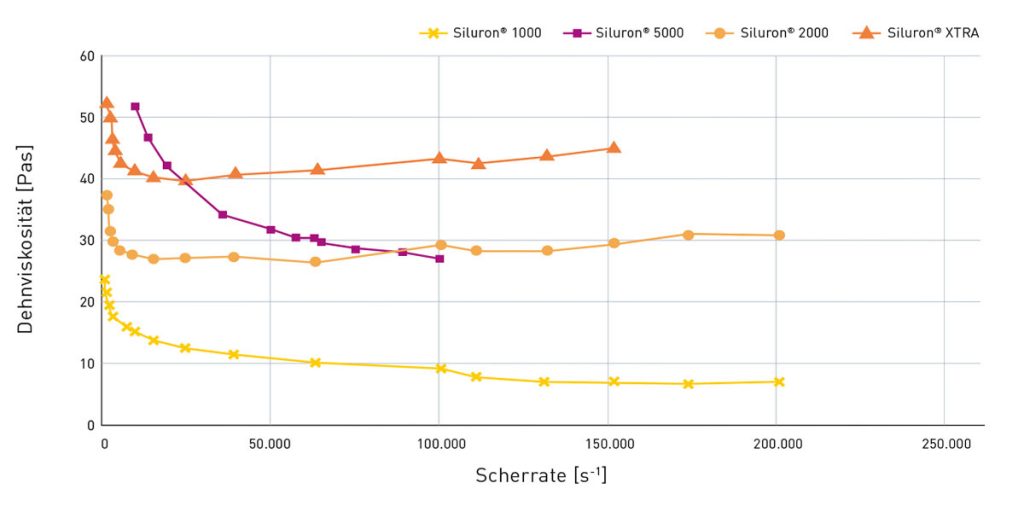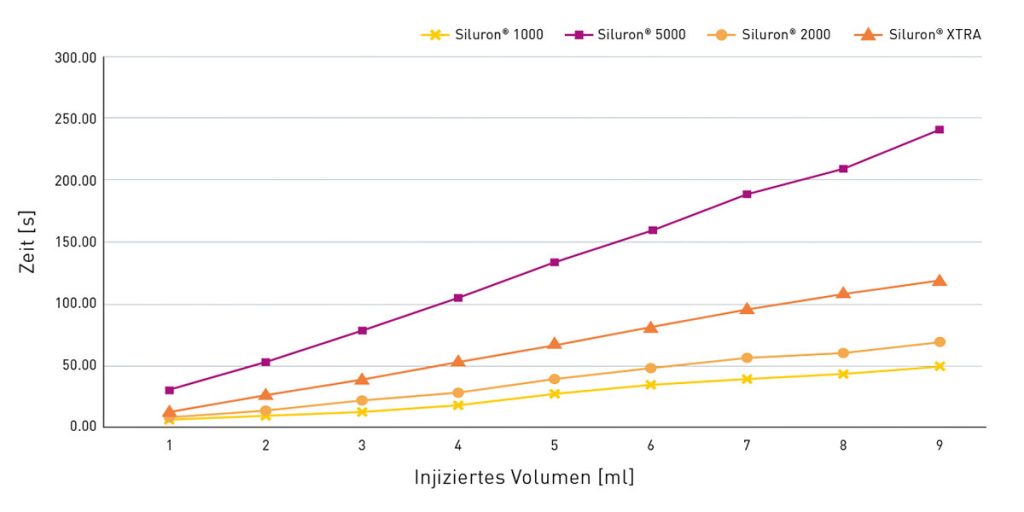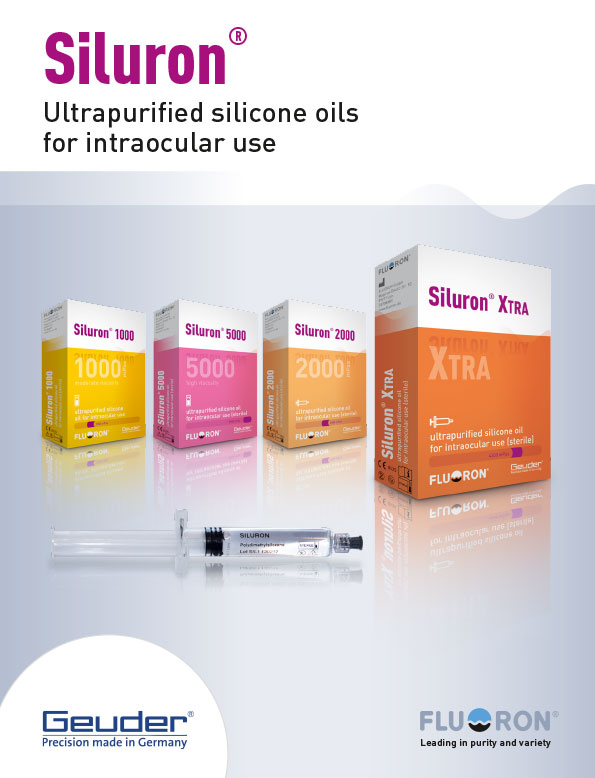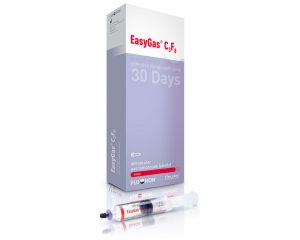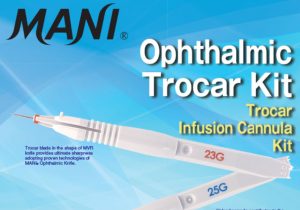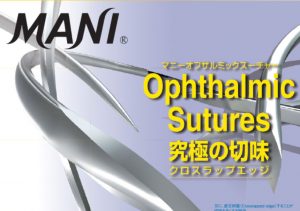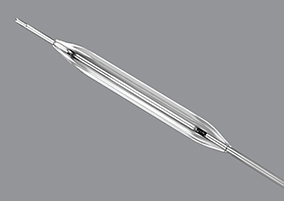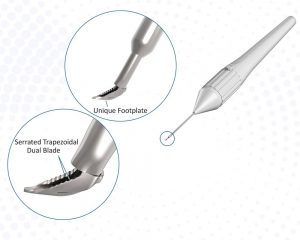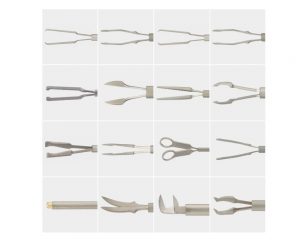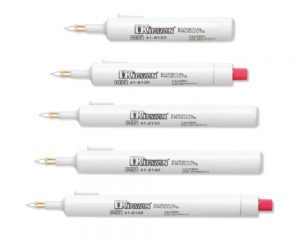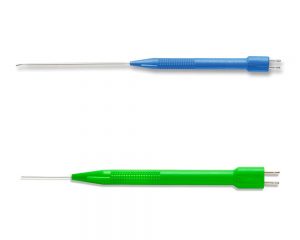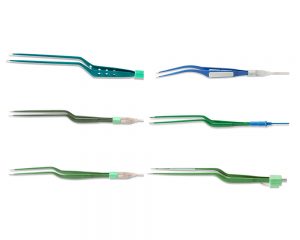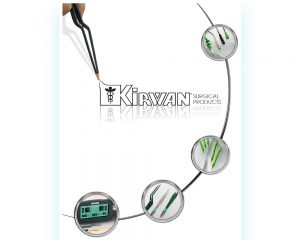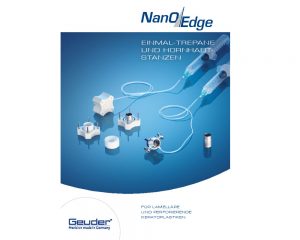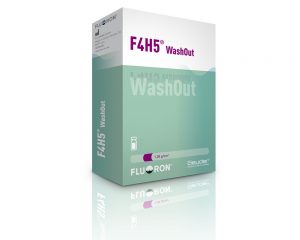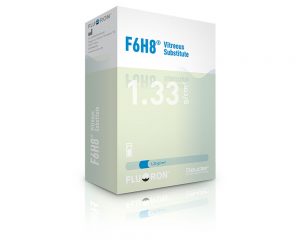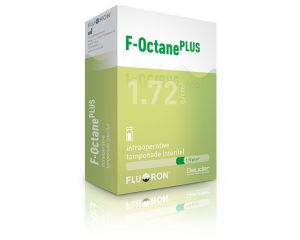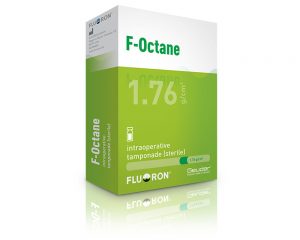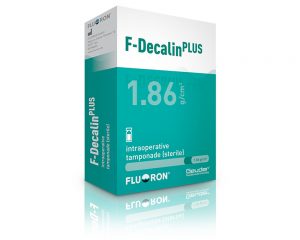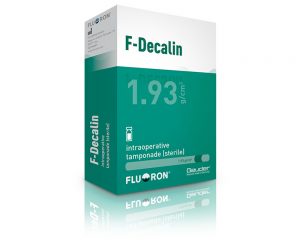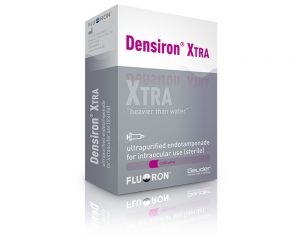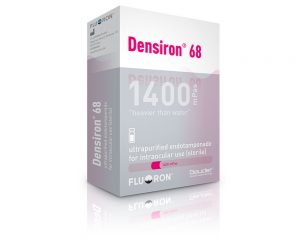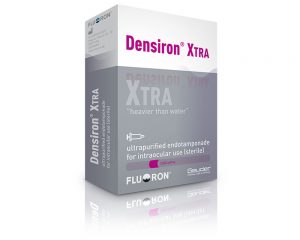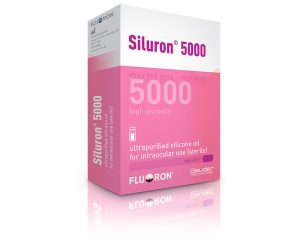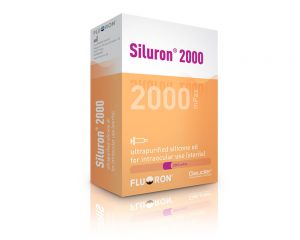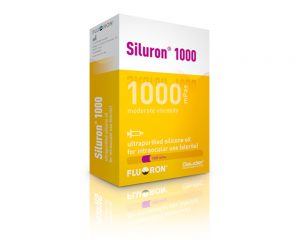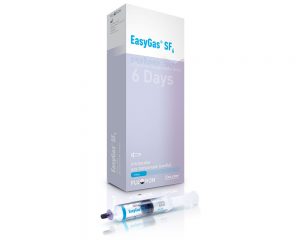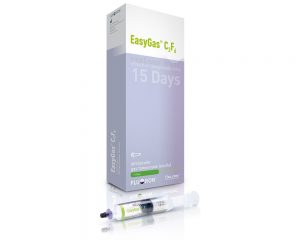Product Information
Overview
Innovative molecular design for a new generation of silicone oils
Due to their special molecular structure, the Siluron® Xtra and Siluron® 2000 have, compared to the standard silicone oils, in vitro a high emulsification resistance. Both innovative silicone oils consist of a mixture of ultra-long molecular chains having a viscosity in the range of 2,500,000 mPas and of short molecular chains with a viscosity in the range of 1,000 mPas.
Thanks to this special molecular design, Siluron® Xtra and Siluron® 2000 can modify their viscous
properties depending on the permanent high shear forces, such as they appear in the eye due to its constant movement: the greater the applied shear force is, the more viscous behaves the silicone oil, i.e. the more resistant it is to emulsification. By contrast, the viscosity of the conventional oils decreases continuously as a result of permanently acting external forces, which causes a higher tendency for emulsification.
The new generation of silicone oils – Siluron® 2000 und Siluron® Xtra – is characterized by its special
property of a significantly higher emulsification resistance.
This is based on an intelligent mixture of different long chains of molecules and the resulting dynamic viscosity. The good injectability in cases of small incisions is a further advantage of innovative silicone oils.
Literature: Chan YK., Ng CO., Knox PC., Garvey MJ., Williams RL., Wong D.:
Emulsification of silicone oil and eye movements; Invest Ophthalmol Vis Sci. 2011; 52: 9721-9727
Use:
Siluron® 2000 is used with a long-term tamponade after operative treatment of severe
retinal detachment, particularly for:
- Retinal detachments with giant tears
- Retinal detachments with proliferative vitreoretinopathy (PVR)
- Retinal detachments in cases of proliferative diabetic retinopathy (PDR)
- Traumatic retinal detachment
Comparison of emulsification resistance
Source: Wong et. alComparison of injection time5.5 bar injection pressure, 20 gauge injection cannulaSource: Williams RL ., Day MJ ., Garvey MJ., Morphis G ., Irigoyen C ., Wong D., Stappler T.: Injectability of silicone oil-based tamponade agents. Br J Ophthalmol. 2011; 95: 273-276

